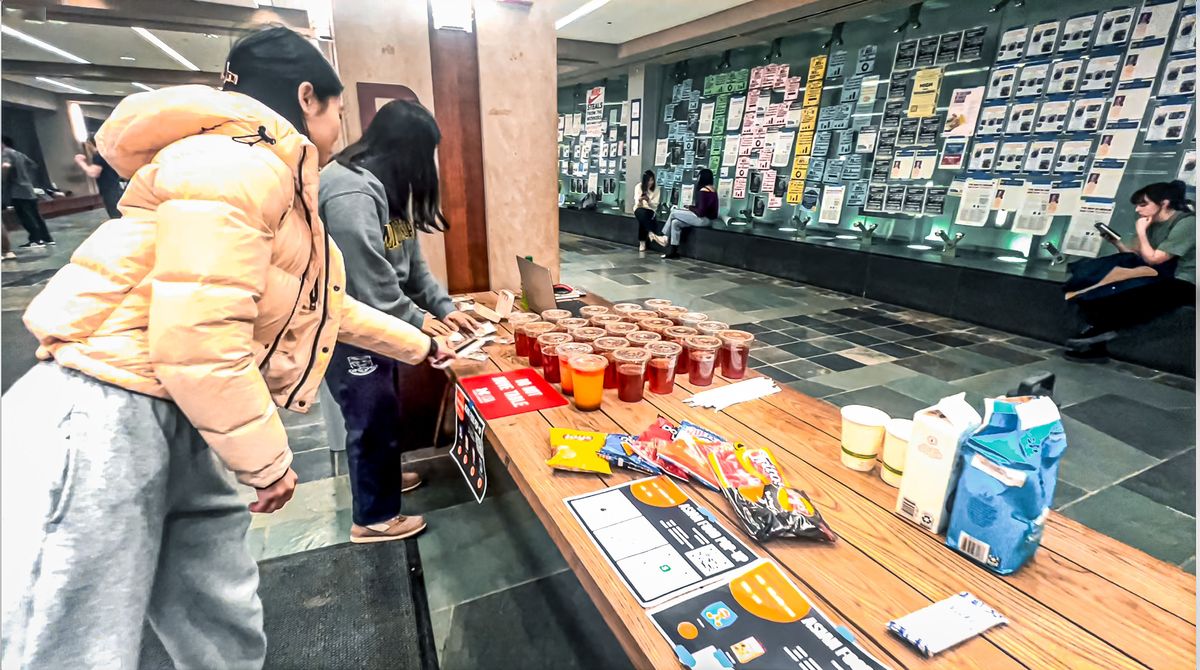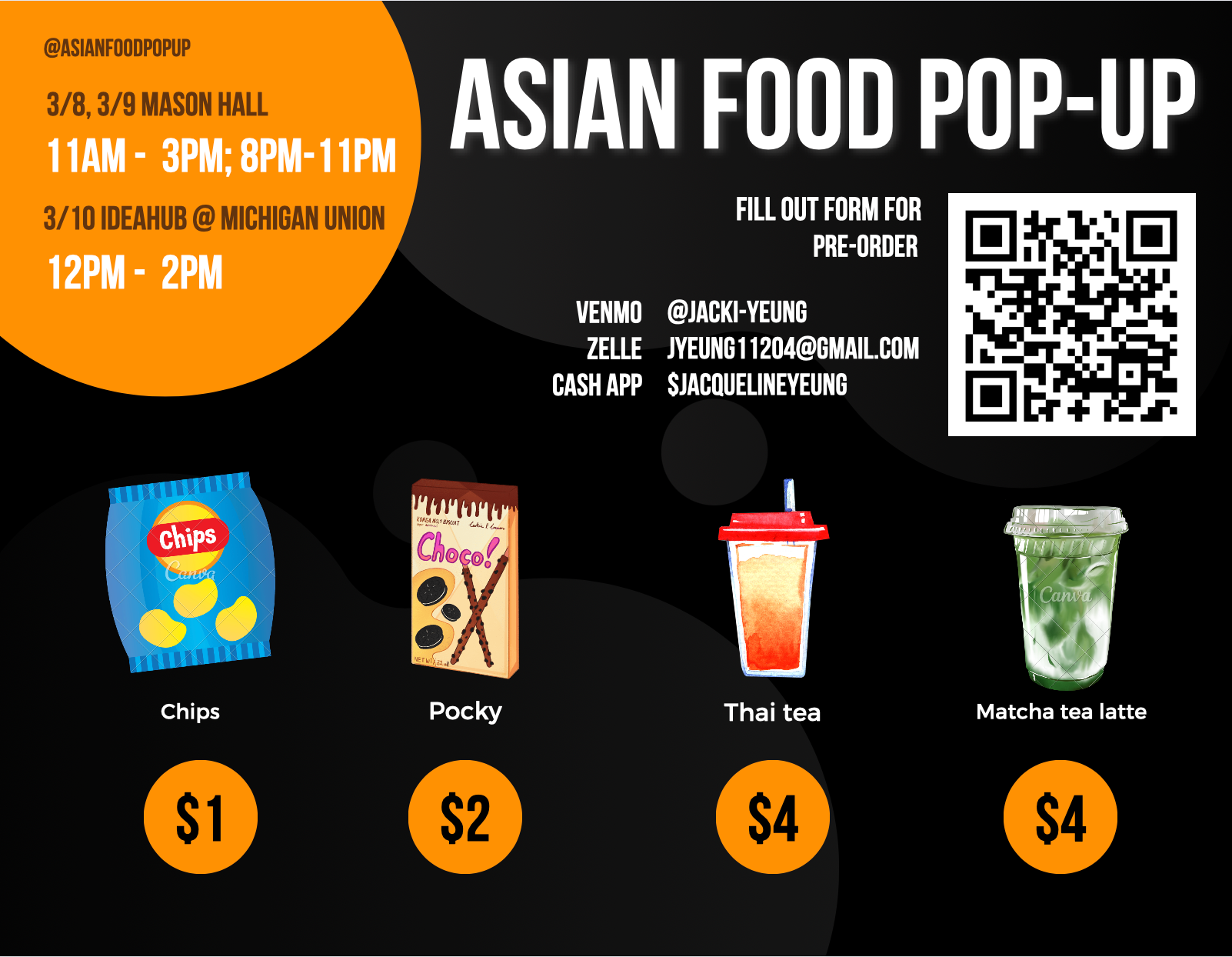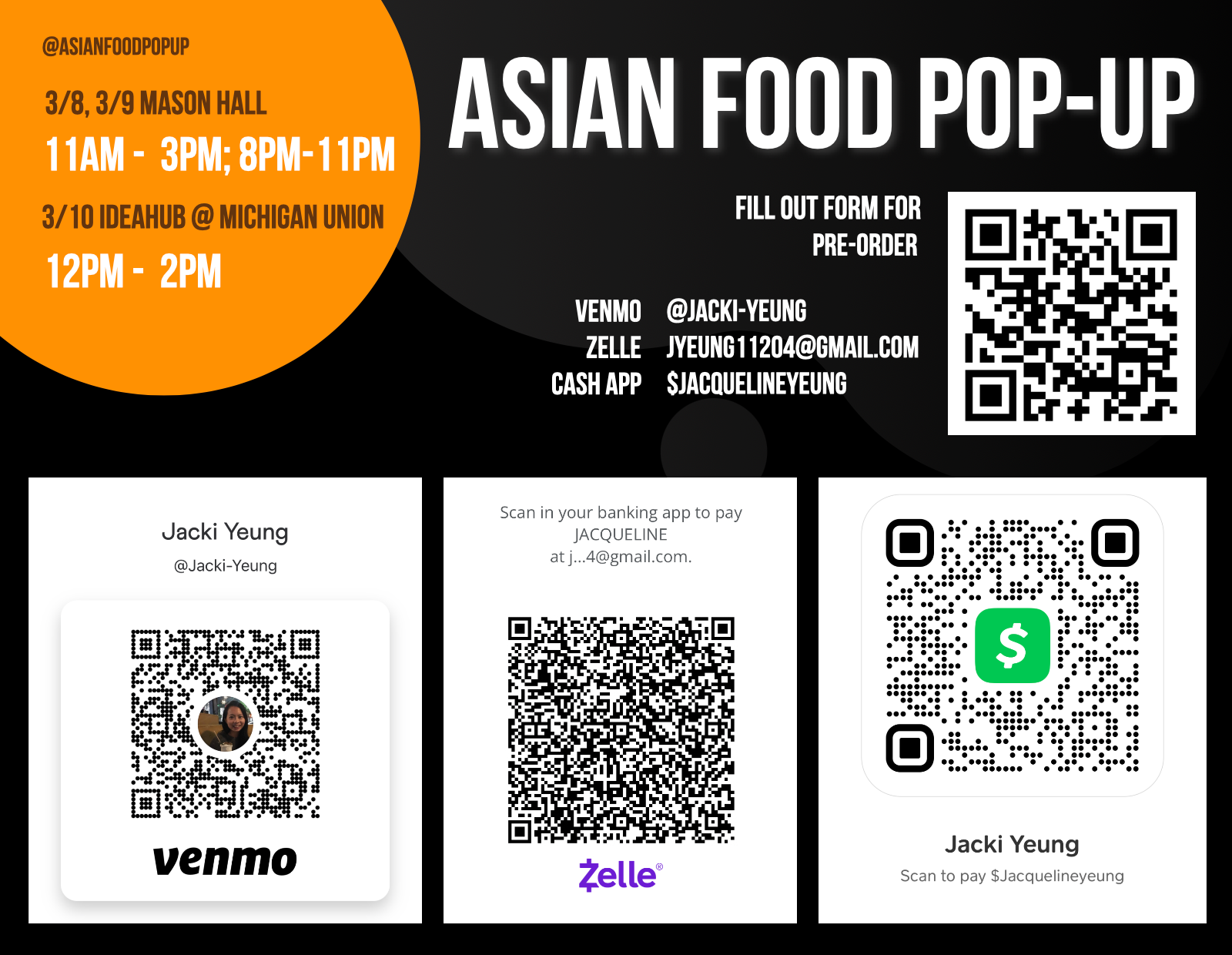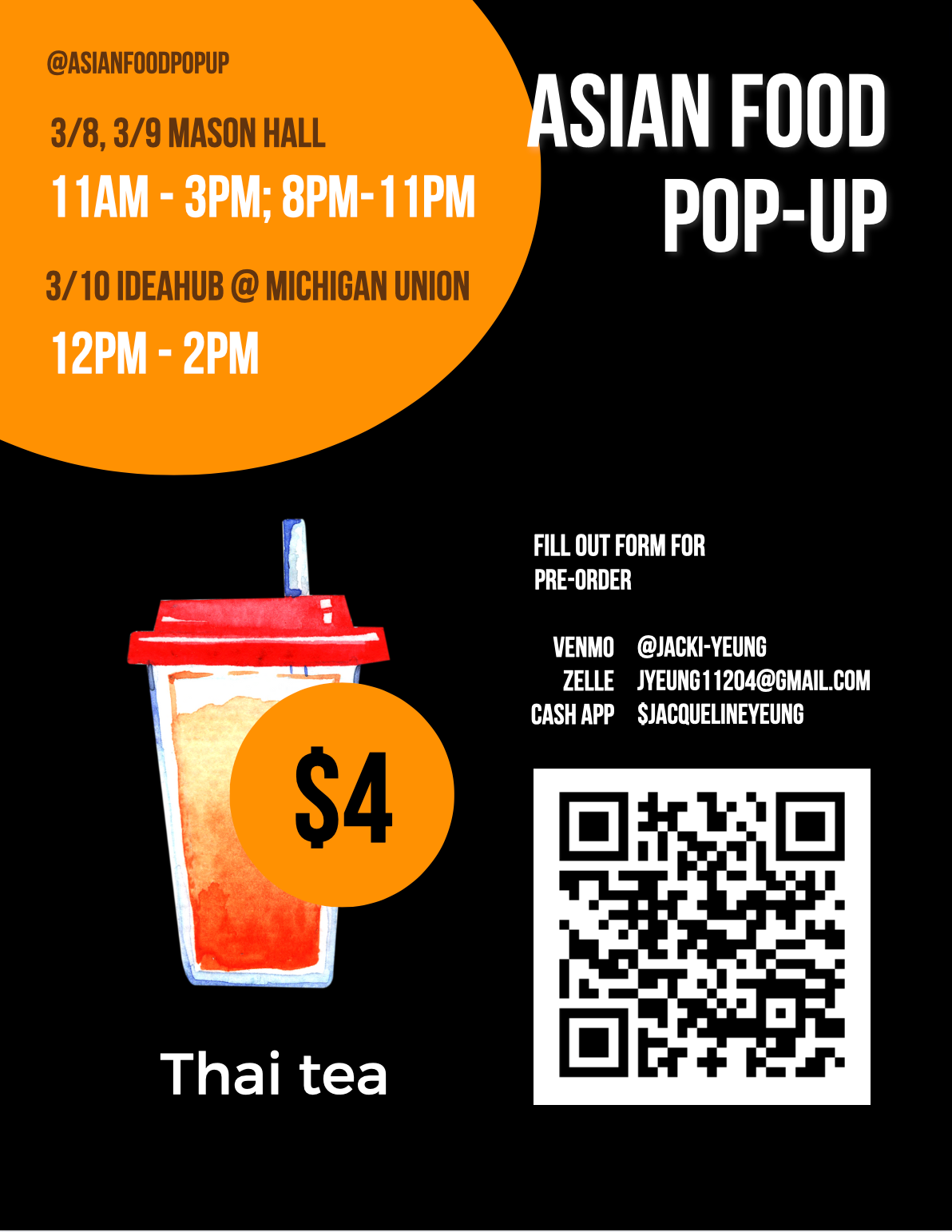I tried to set up a business with a college student - Planning 1/2

This is the first part to a two part blog post. This first part of the blog covers the planning and how we figured out what to sell. For the second part, check out What our income statement looks like.
Ever wanted to start a business and just want to succeed in getting $1 or even 1 customer? I once spent months, after learning how to make summer rolls and the delicious peanut sauce, dreaming about selling summer rolls to people. This was fueled by my success in making them for my boyfriend and even for his parents. I wanted to sell my summer rolls to someone and decided to do it at my sister's college. I hoped the bar would be low.
Planning
This part took a long time. Here's my hunch why:
- What is the product deal?
- What is a good deal?
- What is a good price?
- Where should we go to sell?
- When should we sell?
- How much time would the product take to make?
- Where/how would we make the product?
- How would we promote the product?
- How much would we make to even break even or how much should we sell to make sure it's profitable or worth our time?



What does it cost to make summer rolls?
Summer rolls + peanut sauce would cost $60 to yield maybe 20 rolls or so and would take at least 3 hrs to make, 2 hrs to pick up ingredients.
This would only yield:
($4*20 rolls) - $60 = $20 profit
($4*30 rolls) - $60 = $60 profit
The problem was that there was the peanut sauce and the summer roll itself. It just made it more complicated to have so many moving parts to sell and prepare. Scaling this up was more of a headache.
What is the goal: Profit or for fun?
Due to the lengthy time and low profit yield from summer rolls, we had to pivot.
It was heart breaking, but the key question is, "What is the goal? Profits? Or have fun making something people may or may not buy?" In the end, we decided to prioritize making a profit even if they would be low vs not even making any at all. Let's aim high and try to make some profit, given that our time would be spent likely laboring over the product/servie creation.
The Pivot
We pivoted to simplify the menu, hoping to increase the profit, reduce the amount of time spent and hopefully targeting those who were into asian delights. We landed on Chips, Pocky, Thai tea, and Matcha tea latte.
This is how it went down:
1. Chips
Assumption: We thought college students would generally enjoy chips as it's commonly a good snack and easy to munch on.
What happened: Vending machines were everywhere selling chips and the chips from Costco were small sized, showing that is only worth $0.25.
2. Pocky
Assumptions: This is an asian product (kudos to Caitlin, my sister) who felt this product was hard to buy since it might not be on sell on the UMich campus, but a popular iconic snack that has a strong following.
What happened: We got lucky and Pocky was all sold out for us. But, turns out Pocky was on sale in the basement at the Michigan Union.
3. Thai tea
Assumptions: I love thai tea and everyone else will love it.
What happened: It looks like thai tea's popularity was very important. Some people knew what thai was, and almost 1/3 the people we sold were new to thai tea. We even had to explain what thai tea was some. Turns out that some had dietary restrictions: some were lactose intolerant, react poorly to caffeine, and
4. Matcha latte
Assumptions: Customers could have a second drink flavor to choose from. Maybe it would be good to have options, to get more sales.
What happened: We didn't have the energy or time to purchase the goods for matcha latte and just had to say it was sold out! We focused our energy one on product, because it was just too much to sell another product.


If we could have changed, anything...
If we were to finalize on the menu, we could have gone with solely thai tea. but we did make money from chips and pocky, so regardless it was good we had options. Hopefully, the low priced items was a good entry to getting people to stopping by. In the end, the smartest learning would be to sell only thai tea, which would have cut our losses.

This blog post continues in the next post. Curious how our costs, revenue, and profit tallied up? Check out my next post on how our income statement looks.